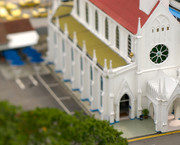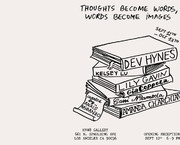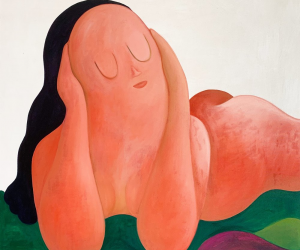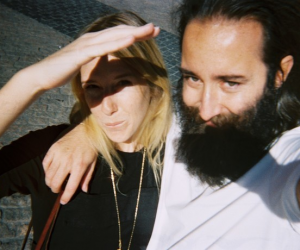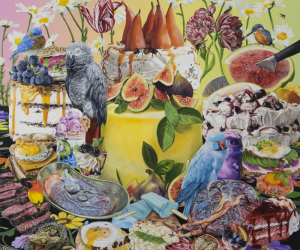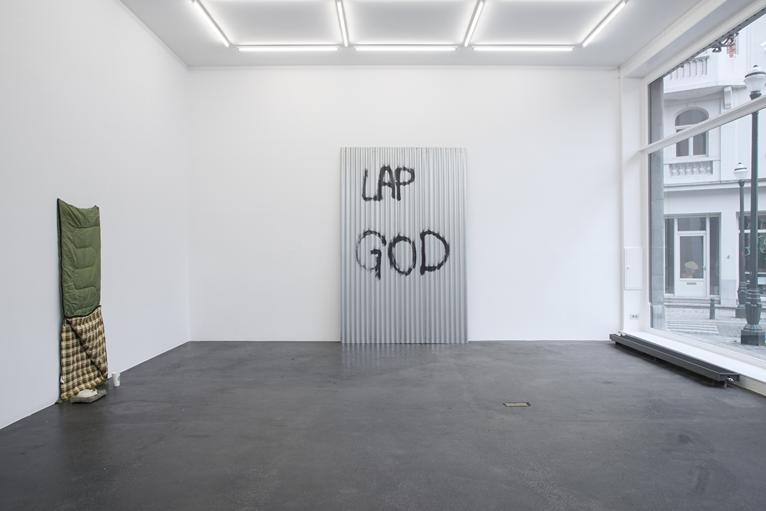
Keith Farquhar: Lap Gods
Posted by Fabio 30 January 2018
Colour co-ordinated and purchased readymade online, Keith Farquhar’s Lap Gods schematise present day conditions of social disenfranchisement, dispassionately rendering it as a visual equation. They reflect the obscenity of contemporary welfare practices at the same time as reflexively addressing issues of artistic agency and the institutional structures in which artworks currently circulate as objects. These pieces share a founding logic with earlier works by Farquhar that repurposed clothing commonly associated with subcultural groups, such as the ‘hoodies’ vilified by right-wing British media. Likewise, they display an affinity with a more recent body of work on corrugated steel panelling, several of which were exhibited as part of Farquhar’s first solo exhibition with the gallery in 2015. In these works low resolution images appropriated from a range of sources, including the spray-painted gestures of Christopher Wool, are conflated in such a way as to problematise the boundaries between hierarchical categories such as the ‘web,’ the ‘gallery’ and the ‘street.’
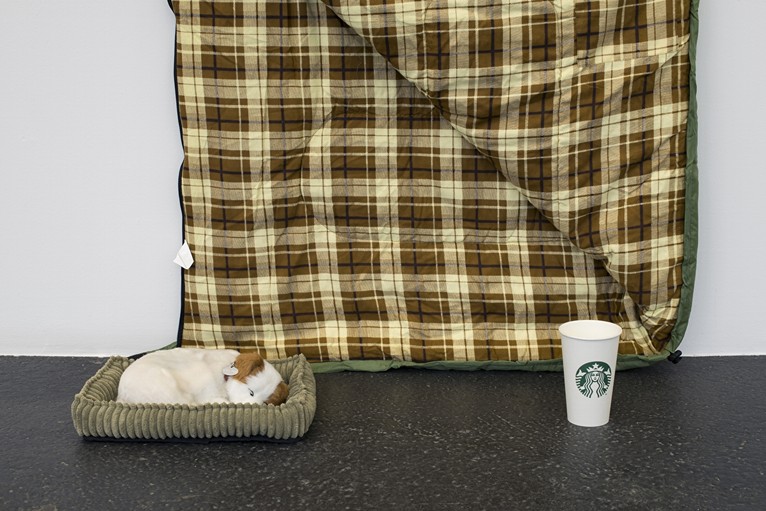
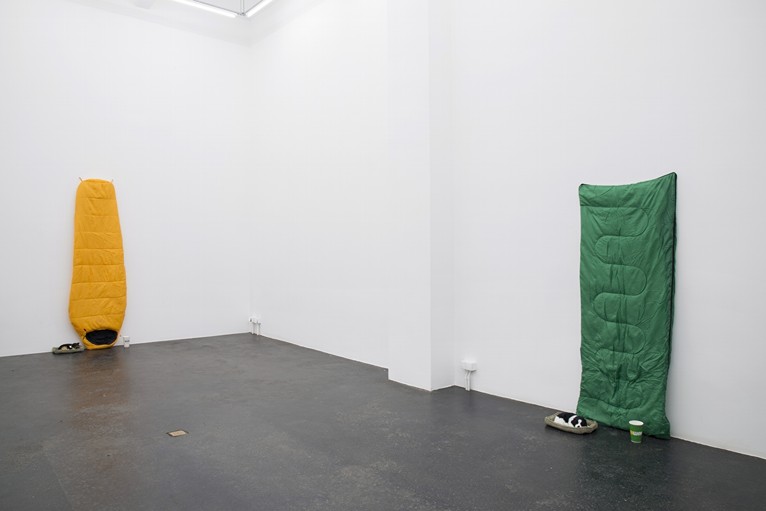 The artist’s own term for the restricted vocabulary of elements adopted in his Lap Gods series is that of an ‘economy.’ In these circumstances the meaning of his phrasing is twofold, in that what is formally economical about these works –a tripartite arrangement of sleeping bag, coffee cup and mechanically breathing toy dog– can obviously also be interpreted in relation to a range of global economic factors. Here, brands such as Greggs, Café Nero and Starbucks act as stand-ins for the cultural dynamic of a UK high street, post Brexit. The plush lap-dogs are arguably a specific nod to Farquhar’s native Edinburgh: an urban environment where the mechanics of social exclusion act in tandem with a highly sentimentalised, heritage-oriented worldview.
The artist’s own term for the restricted vocabulary of elements adopted in his Lap Gods series is that of an ‘economy.’ In these circumstances the meaning of his phrasing is twofold, in that what is formally economical about these works –a tripartite arrangement of sleeping bag, coffee cup and mechanically breathing toy dog– can obviously also be interpreted in relation to a range of global economic factors. Here, brands such as Greggs, Café Nero and Starbucks act as stand-ins for the cultural dynamic of a UK high street, post Brexit. The plush lap-dogs are arguably a specific nod to Farquhar’s native Edinburgh: an urban environment where the mechanics of social exclusion act in tandem with a highly sentimentalised, heritage-oriented worldview.
Farquhar is himself fond of the analogy between his arrangements and Kazimir Malevich’s Peasant paintings of the late 1920s and early 1930s. Produced after Malevich had abandoned non-objective abstraction in favour of an idealised figuration, these paintings depict proletarian figures as distillations of geometric elements. As images painted in an era of nascent Stalinism their political ambiguity borders on the profound.

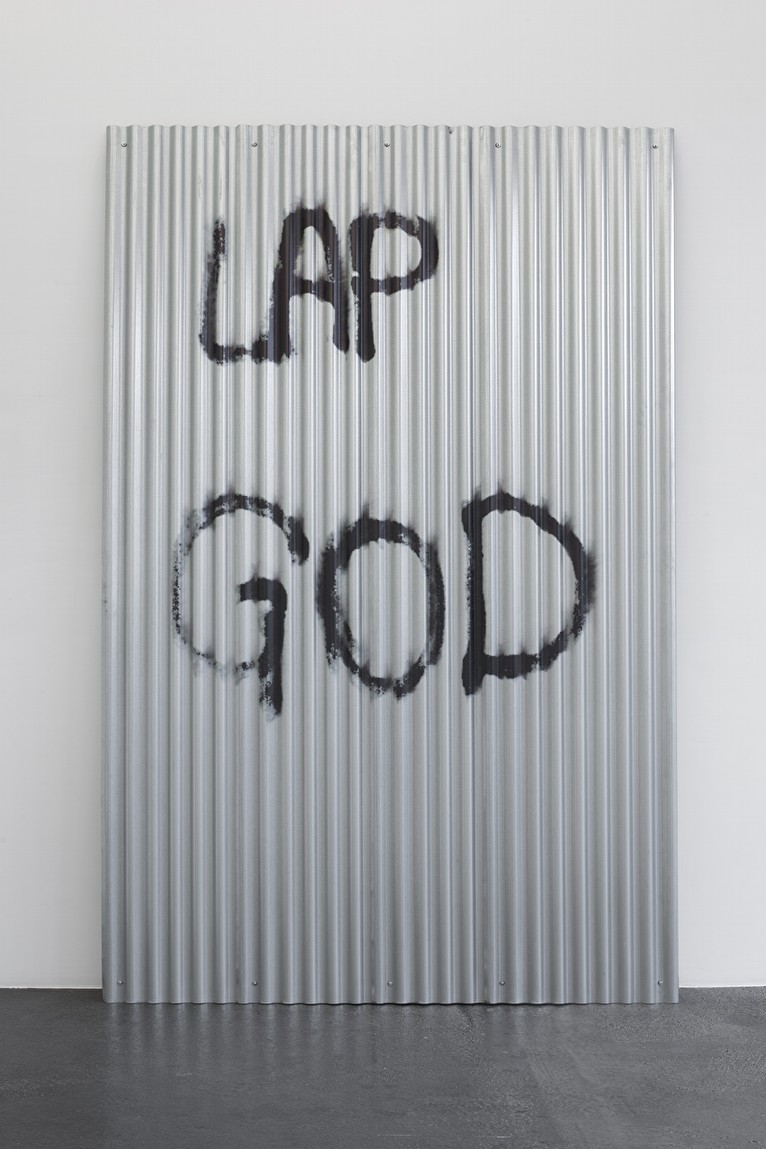 This is not to say that Farquhar’s works are socially engaged in any genuine sense of the word; although a sense of indignation, dismay or resignation may not be an altogether unwelcome by-product of the effect they produce. Presented with a similarly callous logic to that which neo-liberal society regards those unfortunate enough to fall outside its protective care, what the Lap Gods re-enact is a transactional system in which we are all, merely by being present, automatically implicated. By casting the artist as a supplicant, a figure with little agency of their own, what they articulate is a system of relations at play within the gallery just as much as in the world at large: a system that is equally well equipped to instrumentalise our contempt, our passivity, and our desires. _Neil Clements
This is not to say that Farquhar’s works are socially engaged in any genuine sense of the word; although a sense of indignation, dismay or resignation may not be an altogether unwelcome by-product of the effect they produce. Presented with a similarly callous logic to that which neo-liberal society regards those unfortunate enough to fall outside its protective care, what the Lap Gods re-enact is a transactional system in which we are all, merely by being present, automatically implicated. By casting the artist as a supplicant, a figure with little agency of their own, what they articulate is a system of relations at play within the gallery just as much as in the world at large: a system that is equally well equipped to instrumentalise our contempt, our passivity, and our desires. _Neil Clements
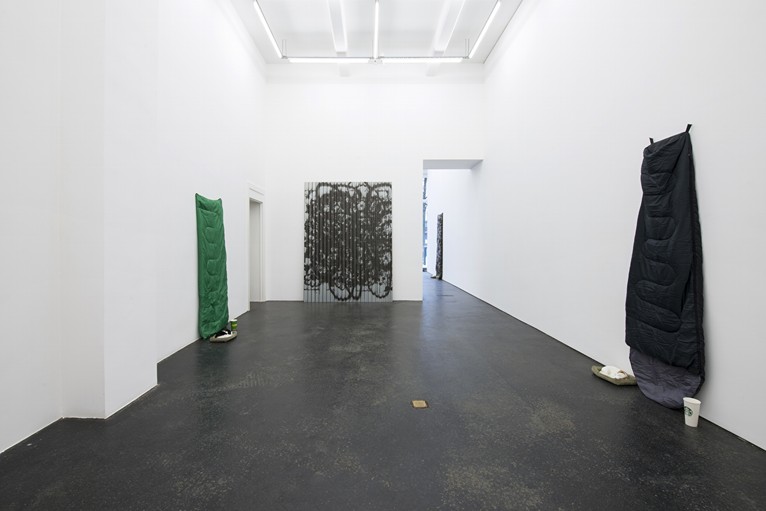
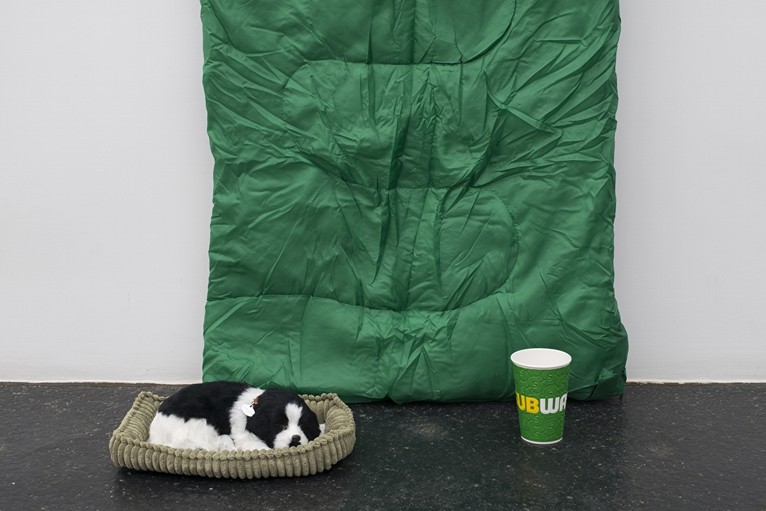
Keith Farquhar
Lap Gods
Office Baroque
14 January – 17 February 2018


